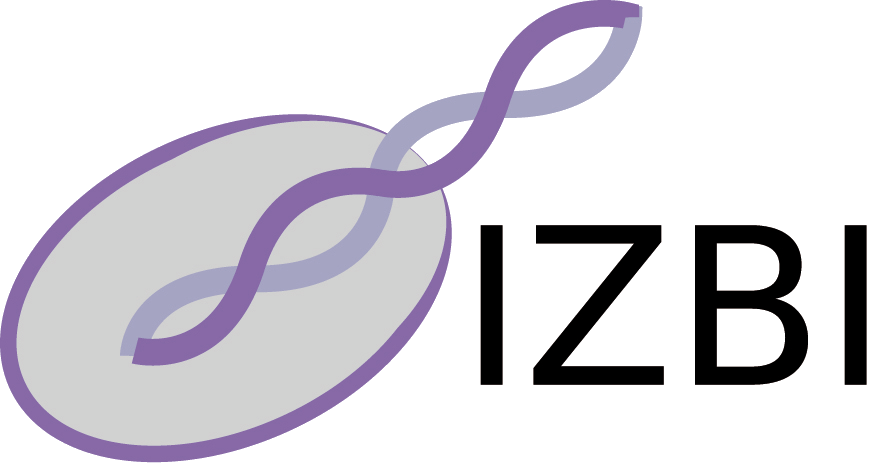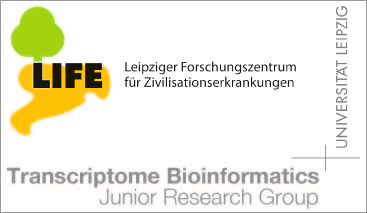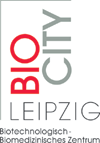Publications - Published papers
Please find below publications of our group. Currently, we list 565 papers. Some of the publications are in collaboration with the group of Sonja Prohaska and are also listed in the publication list for her individual group. Access to published papers ( ) is restricted to our local network and chosen collaborators.
If you have problems accessing electronic information, please let us know:
) is restricted to our local network and chosen collaborators.
If you have problems accessing electronic information, please let us know:
 ) is restricted to our local network and chosen collaborators.
If you have problems accessing electronic information, please let us know:
) is restricted to our local network and chosen collaborators.
If you have problems accessing electronic information, please let us know:©NOTICE: All papers are copyrighted by the authors; If you would like to use all or a portion of any paper, please contact the author.
Molecular basis of the anchoring and stabilization of human islet amyloid polypeptide in lipid hydroperoxidized bilayers
Yanis R. Espinosa, and Daniel I. Barrera Valderrama, and C. Manuel Carlevaro, and Eugenio J. Llanos,
Download
PREPRINT 22-002:
Status: Published
Biochimica et Biophysica Acta (BBA) - General Subjects 1866 (10): 130200
Abstract
The molecular structure of membrane lipids is formed by mono- or polyunsaturations on their aliphatic tails that make them susceptible to oxidation, facilitating the incorporation of hydroperoxide (R-OOH) functional groups. Such groups promote changes in both composition and complexity of the membrane significantly modifying its physicochemical properties. Human Langerhans islets amyloid polypeptide (hIAPP) is the main component of amyloid deposits found in the pancreas of patients with type-2 diabetes (T2D). hIAPP in the presence of membranes with oxidized lipid species accelerates the formation of amyloid fibrils or the formation of intermediate oligomeric structures. However, the molecular bases at the initial stage of the anchoring and stabilization of the hIAPP in a hydroperoxidized membrane are not yet well understood. To shed some light on this matter, in this contribution, three bilayer models were modeled: neutral (POPC), anionic (POPS), and oxidized (POPCOOH), and full atom Molecular Dynamics (MD) simulations were performed. Our results show that the POPCOOH bilayer increases the helicity in hIAPP when compared to POPC or POPS bilayer. The modification in the secondary structure covers the residues of the so-called amyloidogenic core of the hIAPP. Overall, the hydroperoxidation of the neutral lipids modifies both the anchoring and the stabilization of the peptide hIAPP by reducing the random conformations of the peptide and increasing of hydrogen bond population with the hydroperoxidized lipids.















